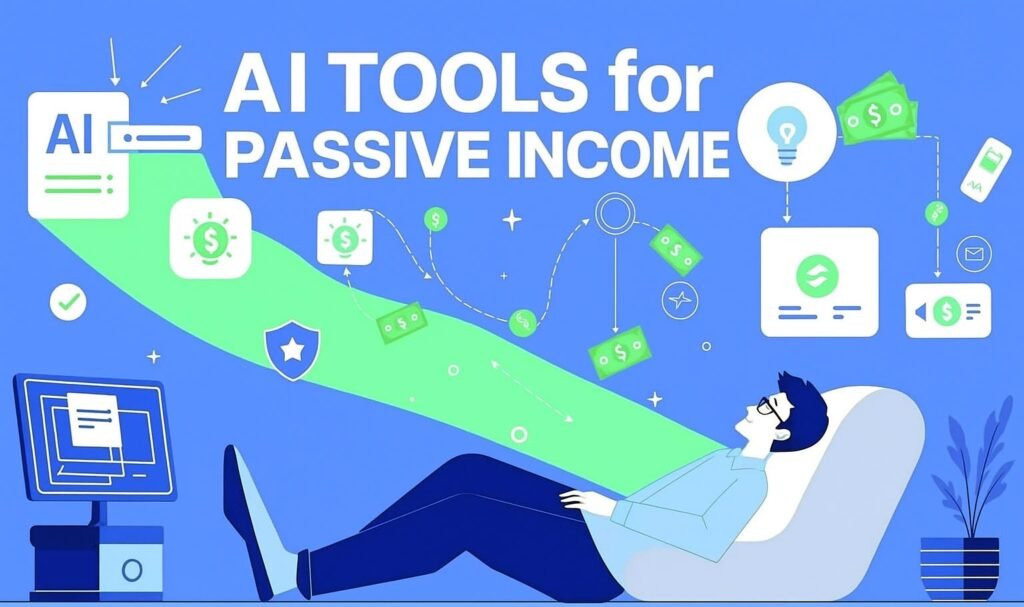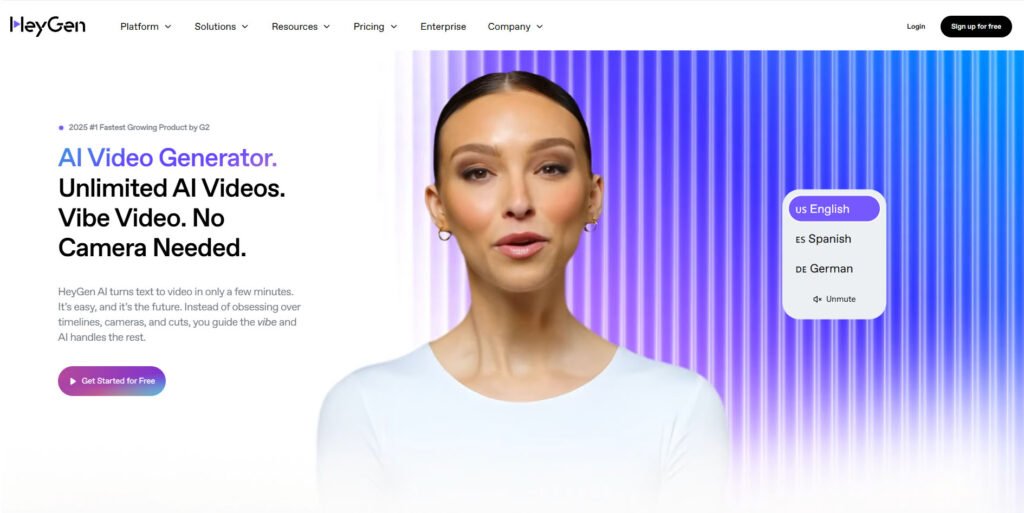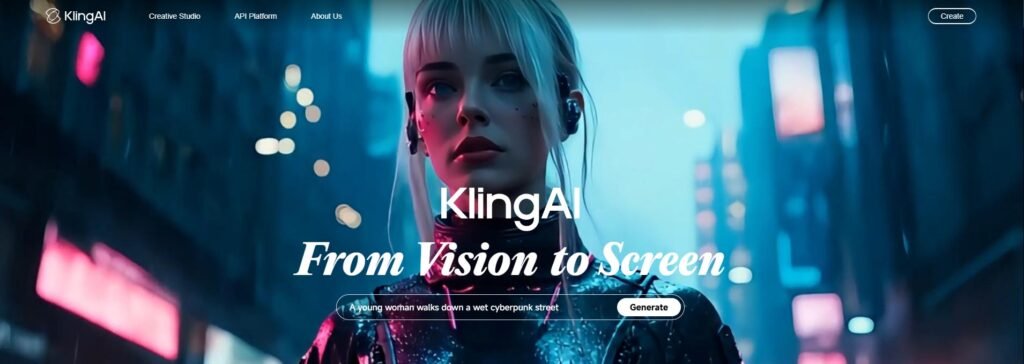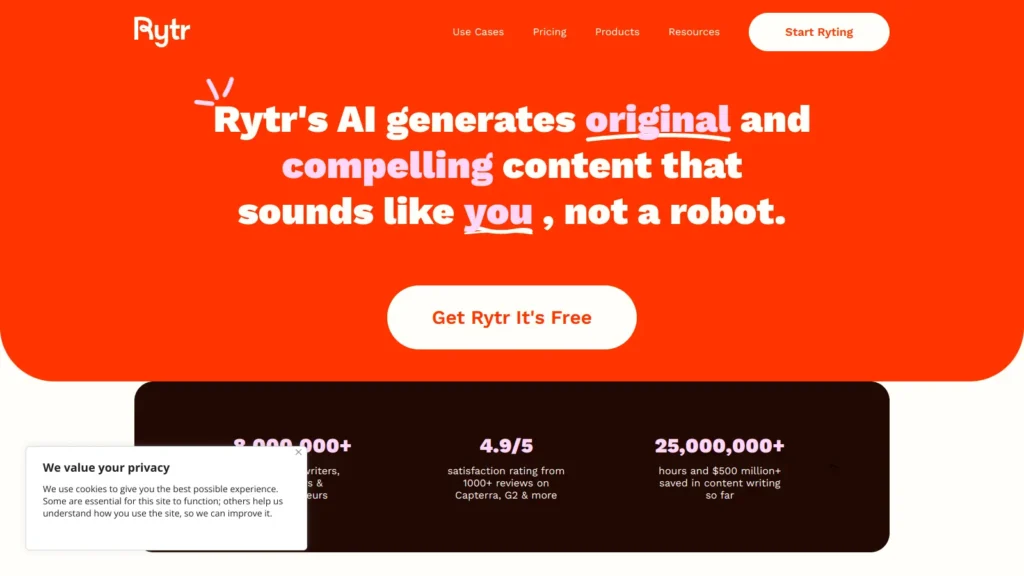AI Tools for Passive Income Harness AI to Grow Your Wealth

Introduction: Beyond the Hype – Building Real Income with AI
The world is in the grip of an artificial intelligence revolution. It’s a transformation so profound that consulting firm PwC forecasts AI will contribute an astonishing $15.7 trillion to the global economy by 2030, with Goldman Sachs predicting the creator economy alone could reach $480 billion by 2027. This explosion has fueled a narrative of effortless wealth, with social media feeds filled with promises of “lazy” AI side hustles generating thousands of dollars overnight.
However, the reality is more nuanced. According to Gartner, a leading technology research firm, Generative AI is currently at the “Peak of Inflated Expectations” on its Hype Cycle™. This means that while the potential is immense, the path to profitability is often paved with more effort, strategy, and learning than the hype suggests. While many organizations are adopting AI, most are still in the early stages of capturing real, tangible value from it. This gap between expectation and reality is where true opportunity lies for the informed entrepreneur. The most successful ventures are not born from simply pushing a button on an AI tool; they arise from a strategic partnership between human creativity and machine efficiency.
Much of the noise in the “make money with AI” space comes from individuals selling courses or promoting affiliate links to the very tools they advocate—a digital gold rush where the most reliable profits often go to those selling the shovels. This guide is different. It’s a blueprint for becoming the prospector who actually finds gold.
We will cut through the noise to provide a realistic, strategic, and actionable framework for building sustainable passive income streams with AI. This comprehensive report is structured around three core pillars:
Monetizing Creativity: Transforming your ideas into sellable digital assets like art, books, and media using AI generators.
Building Automated Businesses: Creating entire systems, from affiliate marketing sites to eCommerce stores, that run on AI engines.
Leveraging Advanced Strategies: Exploring higher-level opportunities in custom AI development and algorithmic trading for those with a technical edge.
This is your ultimate guide to navigating the AI landscape, understanding the tools, and implementing the strategies that build real, lasting income.
Pillar 1: Monetizing Your Creativity with AI-Generated Digital Assets
The easiest way to step into the AI economy is by creating and selling digital products—assets that can be replicated and sold infinitely without additional production costs. This is one of the purest forms of passive income, and thanks to AI tools, the barrier to entry has never been lower. Whether you’re a skilled artist or someone with zero design experience, AI now allows you to become a digital creator.
From Pixels to Profit: Selling AI-Generated Art
The premise is straightforward: use AI art generators to create visually stunning, original pieces, then sell them either as downloadable digital files or printed merchandise. This model has exploded in popularity—yet with popularity comes competition. The key is no longer just producing beautiful art, but producing market-driven, niche-specific designs.
AI Tools That Turn Prompts into Profits
Midjourney – Known for artistic, stylized imagery; perfect for premium prints and decorative art.
DALL·E 3 – Great for realistic, detailed, coherent illustrations; excellent for book covers or storytelling visuals.
Kittl – Focused on POD designs like t-shirts, mugs, and posters with built-in templates and text effects.
Leonardo.AI – Versatile for character design, patterns, and consistent style variations.
Adobe Firefly – Commercially safe AI art, integrated into Photoshop for advanced edits.
Two Main Monetization Paths
1. Digital Downloads
You sell the image files directly—clipart, wallpapers, digital paper patterns, posters, etc.
Best platforms:
Etsy – Strong for themed bundles (e.g., holiday clip art, scrapbooking assets)
Creative Fabrica – Ideal for recurring sales to a niche crafting audience
Your own Shopify/Sellfy store – Maximum control and higher profit margins
Pro tip: Niche wins over generic. Instead of “AI-generated flowers,” try “vintage watercolor sunflowers for farmhouse decor.”
2. Print-on-Demand (POD)
You design, a partner prints and ships. Zero inventory risk.
Best platforms/services:
Redbubble, Society6 – Built-in marketplace exposure
Pro tip: Avoid oversaturated POD niches like “funny coffee mugs.” Instead, target micro-niches like “geology-themed coffee mugs” or “mid-century modern botanical posters.”
Reality Check: Passive ≠ Effortless
The YouTuber Patryk Marketer documented earning $207 in his first month selling pink mushroom clip art on Etsy—because he spotted a niche gap. But his sales dipped until he started creating new designs every month to match trends.
Key takeaways for beginners:
Research trends before creating (use tools like eRank or InsightFactory for Etsy data)
Bundle your work to increase perceived value
Market your products via Pinterest, TikTok, or niche Facebook groups
Expect months of testing before seeing consistent income
Quick Reference: AI Art Success Blueprint
| Tool | Best For | Strategic Tip |
|---|---|---|
| Midjourney | Premium art | Perfect for wall art & décor niches |
| DALL·E 3 | Realistic scenes | Great for book covers & editorial |
| Kittl | POD merch | Speed up t-shirt/poster workflows |
| Leonardo.AI | Characters | Keep styles consistent for branding |
| Adobe Firefly | Commercial safety | Ideal for commercial clients |
Beyond Art: AI-Powered Publishing & Education
Selling visuals isn’t the only way to monetize creativity. AI also enables the production of written and educational products that can sell for years with minimal updates.
Ebooks & Amazon KDP
AI writing assistants like ChatGPT, Jasper, and Writesonic can:
Generate book outlines
Help draft chapters
Improve editing speed
But beware: Amazon KDP now requires AI content disclosure. Violations can result in account bans.
Pro tip:
Mix AI with human insight. Let AI handle structure and draft work, but infuse personal stories, expert tips, and fact-checking to stand out from generic AI books.
Target underserved niches (e.g., “gardening for apartment dwellers” vs. “general gardening guide”).
Low-Content Books
Planners, journals, coloring books, and trackers are low-effort but high-potential products.
Use Leonardo.AI or Midjourney for interior illustrations (e.g., 50 coloring pages in under 1 hour).
Format for print-on-demand paperbacks on KDP.
Tip: Pair seasonal trends with evergreen concepts, like “Christmas mindfulness journal” or “Wedding planning checklist.”
Online Courses
AI can:
Outline lesson plans
Write scripts
Suggest visual aids
Platforms like Udemy and Skillshare handle marketing for you, while Teachable or Kajabi allow higher margins if you drive your own traffic.
Warning: Like books, AI-only courses rarely succeed. Add your real expertise to stand out.
Faceless Content: AI-Driven Video & Podcasts
A faceless content channel lets you build an audience without showing your face or using your voice.
AI Workflow Example:
Script: ChatGPT for research & writing
Voiceover: ElevenLabs, Murf, or Play.ht
Video Editing: PictoryAI, HeyGen, Synthesia, VEED or InVideo for auto-matched visuals
Music: Mubert for royalty-free background tracks
Profitable niches:
History & educational explainers
Personal finance & investing tips
Mindfulness & motivation content
Tip: Consistency > virality. 100 well-researched videos over 12 months will outperform 5 viral attempts.
Pillar 2: Building Automated Businesses with AI Engines
Once you’ve mastered selling individual digital products, the next logical step toward sustainable AI-driven passive income is building fully automated business systems — powered end-to-end by AI. These “AI engines” work in the background 24/7, handling marketing, sales, customer service, and even product delivery. This approach creates not just a trickle of revenue, but a scalable and compounding income stream.
The Ultimate Passive Play: AI-Enhanced Affiliate Marketing
Affiliate marketing — where you earn commissions for promoting other companies’ products — has been around for decades. But in the past, success relied heavily on manual content creation, SEO research, and slow trial-and-error. AI has completely changed that.
Today, you can run an affiliate marketing empire with minimal day-to-day involvement by letting AI handle the heavy lifting:
How AI Turns Affiliate Marketing into a Fully Automated Business
Niche & Product Discovery
AI-powered market research tools like Exploding Topics, Semrush, or Ahrefs with AI Insights scan search trends, social media chatter, and competitor strategies.
Example: If AI detects a surge in interest for “AI-powered language learning apps,” it can instantly list the top products with the highest affiliate commissions and conversion rates.
Rapid Content Scaling
Tools like Jasper, Writesonic, and ChatGPT can generate dozens of unique product reviews, comparison articles, “Best of” lists, and evergreen guides in hours instead of months.
Benefit: More content = more entry points for organic traffic and recurring commissions.
Instant Website Creation
Platforms like Dorik, Wix AI, or Divi AI can generate a complete, mobile-optimized affiliate site with branding, navigation, and initial articles ready to go — in under an hour.
Smart Advertising & Automation
AI ad managers like AdCreative.ai or Google Performance Max generate ad creatives, run split tests, and adjust bidding strategies automatically for better ROI.
Workflow tools like Zapier or Make connect your site, content, and marketing channels so that a new post can be auto-published to social media, emailed to subscribers, and even turned into a short video.
Real-World Results: AI in Action
An affiliate marketer reported a 40% increase in conversions within three months after automating SEO optimization and ad targeting with AI — with no extra ad spend.
A travel blog integrated an AI chatbot to offer personalized trip suggestions, boosting hotel bookings by 18%.
A single AI-generated YouTube review of an AI tool earned $4,600 in affiliate commissions in 4 months — all from one piece of content.
Even giants like Amazon Associates rely on AI to match affiliate promotions to the most relevant audiences.
The Complete AI Affiliate Marketing Stack
| Category | Tool Example(s) | Key Function | How it Creates Passive Income |
|---|---|---|---|
| Website Creation | Dorik, Wix AI, Divi AI | Build affiliate sites fast | Creates the “digital real estate” where monetized content lives, cutting setup time dramatically. |
| Content Generation | Jasper, Writesonic, ChatGPT | Write SEO articles, reviews, emails | Produces content libraries that continuously attract traffic and generate commissions. |
| Visuals & Ads | Midjourney, Adobe Firefly, Pencil | Create blog images & ad creatives | Improves click-through rates and brand recognition with AI-generated visuals. |
| Workflow Automation | Zapier, Make | Connects tools & automates tasks | Distributes content everywhere automatically, freeing up your time. |
| Customer Engagement | Tidio, Chatbase, Botsonic | Deploys 24/7 AI chatbots | Turns visitors into buyers through instant, personalized interactions. |
The Smart Storefront: AI in eCommerce & Dropshipping
The same automation principles work for online stores, whether you sell your own products or dropship from suppliers. Modern eCommerce platforms like Shopify, Wix, and BigCommerce now have AI baked in, eliminating much of the manual work.
Key AI Applications in eCommerce
Store Design & Branding
AI branding tools like Looka or Canva Magic Studio can create your logo, color scheme, product labels, and store layout in minutes.
Product Descriptions at Scale
Instead of writing hundreds of descriptions manually, tools like Copy.ai or Writesonic can produce SEO-friendly, persuasive copy for your entire product catalog.
Demand Forecasting & Product Selection
AI analytics tools analyze past sales, social media trends, and even weather data to predict future demand — allowing you to stock products before they trend.
Automated Customer Service
Chatbots like Tidio or Manychat answer FAQs, track orders, upsell products, and guide customers through checkout 24/7.
Your Digital Employee: Building & Selling AI Chatbots
AI chatbots aren’t just for your business — they’re a product you can sell. With no-code platforms like Botsonic, Chatbase, or Tidio, anyone can create industry-specific bots without coding skills.
Ways to Monetize AI Chatbots
Custom Bots for Clients — Charge a one-time fee or monthly retainer to design and maintain a chatbot tailored to a business’s needs.
Pre-Made Templates — Build ready-to-use chatbots for niches like real estate, restaurants, or eCommerce and sell them repeatedly.
Run a White-Label Chatbot Agency — Offer chatbot services under your own brand, managing bots for multiple clients.
Pillar 3: Advanced Strategies for Tech-Savvy Creators
For innovators who are comfortable with technology, data, and calculated risk, AI is opening frontiers that were impossible just a few years ago. These are high-barrier, high-reward opportunities that go beyond using AI as a helper — here, AI is the product, the engine, or the differentiator.
1. The New AI App Economy: Creating & Monetizing Custom GPTs
The AI ecosystem is evolving into something like the early days of the Apple App Store — but instead of mobile apps, you can now create and sell specialized AI models, known as Custom GPTs.
Why it’s powerful:
Zero coding barrier: OpenAI’s GPT Builder is fully conversational.
Full creative control: You can feed it niche-specific knowledge, instructions, and workflows.
Built-in marketplace: Your GPT can be listed in the official GPT Store for global access.
Practical examples:
Niche Expert Bots: A Real Estate Listing Analyzer that predicts property ROI based on uploaded spreadsheets.
Workflow Accelerators: A B2B Proposal Generator trained on winning RFP formats.
Consumer Helpers: A Pet Nutrition Planner that creates custom meal plans from veterinary guidelines.
Monetization paths:
Usage-based payouts from the GPT Store.
Freemium model with premium upgrades or locked features.
White-label licensing for businesses to brand and use your GPT internally.
Pro tip:
Research underserved niches in the GPT Store, read user reviews, and target gaps. Like early app developers, first-movers often dominate until competition catches up.
2. Algorithmic Advantage: AI-Driven Stock & Crypto Trading
Financial markets are data jungles — AI can cut through the noise with speed, scale, and precision.
Capabilities:
Pattern recognition: AI finds correlations invisible to human traders.
Sentiment analysis: Natural Language Processing can track millions of tweets, headlines, and market reports in real time.
High-frequency execution: AI can place trades in milliseconds.
Tech stack examples:
TensorTrade (Python-based RL trading framework)
Alpaca API (commission-free algorithmic stock trading)
TradingView Webhooks + ChatGPT Plugins for automated market insights.
Caution:
Requires extensive backtesting to avoid overfitting.
Markets evolve — yesterday’s winning algorithm can become tomorrow’s failure.
Regulations may limit automated trading in certain jurisdictions.
Monetization beyond trading:
Selling subscription signals to retail traders.
Offering white-labeled trading bots for niche strategies.
Running hedge fund–style AI advisory services.
3. AI SaaS Micro-Startups
Instead of building a massive platform, launch micro SaaS tools that solve one very specific problem exceptionally well.
Examples:
AI that auto-generates LinkedIn carousels from blog posts.
A contract clause checker for freelance agreements.
AI that summarizes and tags meeting transcripts for corporate archives.
Why it works:
Lower dev costs thanks to APIs from OpenAI, Anthropic, and Stability AI.
Subscription revenue model with high profit margins.
Viral growth possible in B2B micro-communities.
4. Generative AI Licensing
If you’re producing AI-generated content (images, music, 3D assets, video), you can license it to platforms and agencies.
Example niches:
Virtual production assets for film studios.
3D product mockups for AR shopping apps.
Stock AI video loops for background scenes in content creation.
Platforms like Shutterstock, Adobe Stock, and Envato are actively buying AI content — sometimes with special programs for early contributors.
Key Mindset Shift for Tech Creators
Don’t think of AI as just a tool. Think of it as your factory, your research lab, and your distribution channel combined.
The winners in this space will:
Spot niche problems others overlook.
Build lean, testable MVPs with AI speed.
Leverage AI for continuous iteration instead of one-off products.
Conclusion: The Future of Your Income is Artificially Intelligent
We are standing at the threshold of a seismic shift in the global economy—one where creativity, entrepreneurship, and automation collide. The creator economy is projected to exceed $528 billion by 2030, and artificial intelligence is the engine driving that acceleration.
This isn’t just about replacing human effort; it’s about amplifying it. AI allows you to produce at a scale that was once reserved for large corporations—whether that means generating hundreds of product designs in minutes, building marketing funnels that run on autopilot, or deploying smart algorithms that make decisions 24/7.
From AI-generated art stores on Etsy to autonomous affiliate marketing machines and custom GPT-powered applications, the avenues are both wide and deep. The real challenge is no longer “Can I make money with AI?” but rather “Which strategy will I master first, and how quickly can I scale it?”
The truth is, AI is not a shortcut—it’s a multiplier. It magnifies your strengths, accelerates execution, and streamlines operations, but it demands vision, strategy, and refinement. The winners of this new economy will be those who:
Spot underserved niches and position AI solutions to dominate them.
Layer AI with human expertise, ensuring their products feel authentic and valuable.
Continuously learn and adapt, evolving as AI technology and consumer demands shift.
💡 Here’s your next move:
Pick one AI-powered income strategy from this guide—whether it’s creating a print-on-demand brand, launching a micro-SaaS AI tool, or leveraging algorithmic trading—and commit to testing it within the next 30 days.
Because here’s the reality:
Those who act now will build the foundations for long-term market dominance. Those who wait will find themselves playing catch-up in an AI-driven world where early adopters hold the advantage.
The tools are ready. The blueprint is clear. The future of your income is waiting for you to engineer it—and it is unmistakably artificially intelligent.



